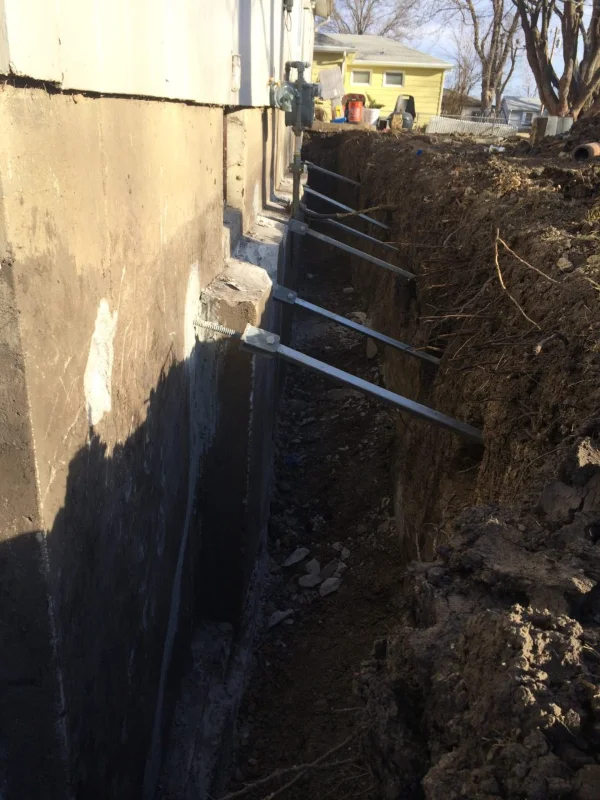
Exploring the Need for Advanced Soil Stabilization in Boise
Boise, with its unique geographic and environmental conditions, presents distinct challenges in the field of construction and land development. The city’s terrain, characterized by a mix of clay, silt, and sand, coupled with varying weather conditions, necessitates innovative approaches to soil stabilization. This process is critical in ensuring construction safety, environmental adaptation, and the longevity of structures.
Cutting-Edge Soil Stabilization Techniques Suitable for Boise
Polymer-Based Stabilization: One of the most significant advancements in soil stabilization is the use of polymer-based solutions. These synthetic materials, when mixed with soil, create a more cohesive and stable compound. This method is particularly effective in Boise’s diverse soil types, as it enhances the soil’s bearing capacity and resistance to water erosion.
Electro-Osmotic Stabilization: This technique involves applying an electric current through the soil, altering its physical properties. In Boise, where soil moisture levels can vary significantly, electro-osmotic stabilization can effectively control moisture content, thereby improving soil stability.
Biological Techniques: Innovative biological methods, such as the use of certain plant species or microbial solutions, are gaining traction in soil stabilization. These eco-friendly approaches not only stabilize the soil but also contribute to environmental conservation, a crucial aspect in Boise’s ecologically conscious community.
Geosynthetics and Geocells: The use of geosynthetics, like geogrids and geocells, is a modern approach to soil stabilization. These materials provide reinforcement to the soil, distributing loads more evenly and preventing soil displacement. In Boise’s varied terrain, geosynthetics offer a flexible and durable solution for soil stabilization.
Environmental Adaptation and Sustainability in Soil Stabilization
The choice of soil stabilization method in Boise must consider environmental impact and sustainability. Techniques that reduce carbon footprint minimize disturbance to the natural habitat, and utilize recyclable or natural materials are preferred. This approach aligns with Boise’s commitment to environmental stewardship and sustainable development.
Ensuring Construction Safety Through Soil Stabilization
In Boise, construction safety is paramount, and effective soil stabilization plays a vital role in achieving this. By using advanced stabilization methods, builders and developers can ensure that structures are built on a solid foundation, reducing the risk of settling, shifting, and potential structural failures.
FAQs: Soil Stabilization in Boise
How does soil stabilization impact the longevity of construction projects in Boise?
Proper soil stabilization significantly extends the lifespan of construction projects by providing a more stable and durable foundation, reducing maintenance needs, and preventing future soil-related issues.
Are these advanced soil stabilization methods cost-effective?
While some advanced methods may have higher initial costs, they often lead to long-term savings by reducing the need for repairs and maintenance.
How do these techniques adapt to Boise’s varied soil types?
Advanced soil stabilization techniques are designed to be adaptable to different soil compositions, offering tailored solutions for Boise’s diverse terrain.
What role does soil stabilization play in environmental protection in Boise?
Soil stabilization methods help manage erosion, reduce sediment run-off into waterways, and preserve the natural landscape, contributing to Boise’s environmental protection efforts.
Innovative soil stabilization techniques are crucial for Boise’s geographic and environmental conditions, offering solutions that ensure construction safety, environmental sustainability, and adaptation to the local terrain. By embracing these advanced methods, Boise can continue to develop and grow while maintaining its commitment to ecological responsibility and building resilience.